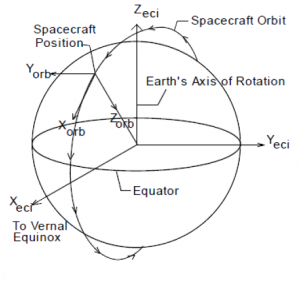
Excerpted from the Handbook’s Executive Summary:
The Landsat 8 Data User’s Handbook is a living document prepared by the U.S. Geological Survey Landsat Project Science Office at the Earth Resources Observation and Science (EROS) Center in Sioux Falls, SD and the NASA Landsat Project Science Office at NASA’s Goddard Space Flight Center in Greenbelt, Maryland. Its purpose is to provide a basic understanding and associated reference material for the Landsat 8 observatory and its science data products. The document focuses on the information needed by the users to gain an understanding of the science data products.
The Landsat 8 Data User’s Handbook includes various sections that provide an overview of reference material and a more detailed description of applicable data user and product information. This document describes the background for the Landsat 8 mission as well as previous Landsat missions before providing a comprehensive overview of the current Landsat 8 observatory, including the spacecraft, both the OLI and TIRS instruments and the Landsat 8 concept of operations.
The document also includes an overview of radiometric and geometric instrument calibration as well as a description of the observatory component reference systems and the calibration parameter file, followed by a comprehensive description of Level 1 Products and product generation.
Importantly, the handbook also describes the conversion of digital numbers (DNS) to physical units. An overview of data search and access using the various on-line tools is also included.
+ Landsat 8 Data Users Handbook [PDF]

Be Part of What’s Next: Emerging Applications of Landsat at AGU24
Anyone making innovative use of Landsat data to meet societal needs today and during coming decades is encouraged to submit and abstract for the upcoming “Emerging Science Applications of Landsat” session at AGU24.





